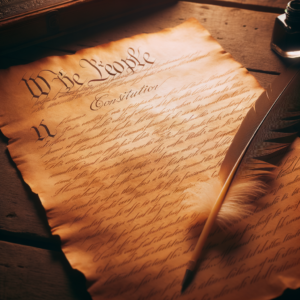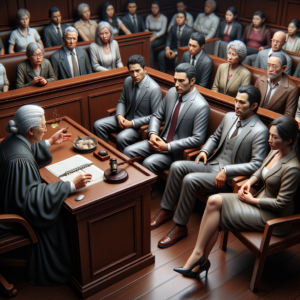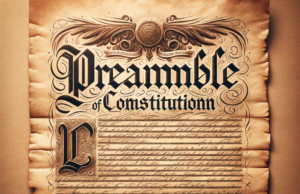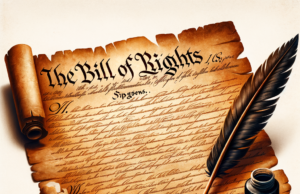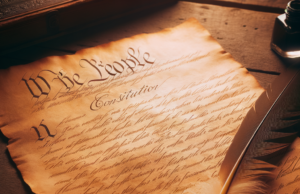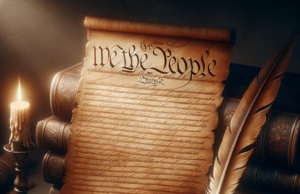Unveiling the Alarming Violations of Articles 14 & 15: A Legal Crisis

In recent years, the fundamental rights enshrined in the Constitution have come under scrutiny, particularly Articles 14 and 15, which guarantee equality before the law and prohibit discrimination on various grounds. As society grapples with systemic inequalities, the alarming violations of these articles have sparked a legal crisis that demands urgent attention. This article delves into the significance of these articles, the current legal landscape, notable case studies, the judiciary’s role, the societal impact of these violations, and potential strategies for strengthening legal protections.
Understanding Articles 14 and 15: Foundations of Equality and Non-Discrimination
Articles 14 and 15 of the Indian Constitution form the cornerstone of the nation’s commitment to equality and non-discrimination. Article 14 guarantees that every individual shall be treated equally before the law, ensuring that no person is denied equality in the eyes of the law. Article 15 further prohibits discrimination on grounds of religion, race, caste, sex, or place of birth, thereby promoting inclusivity and protecting marginalized groups. Together, these articles embody the principles of justice and fairness, serving as a bulwark against arbitrary state action and societal prejudice. Their significance extends beyond legal frameworks; they reflect the moral ethos of a democratic society that values human dignity and equal rights for all.
The Current Legal Landscape: An Overview of Violations and Their Implications
Despite the constitutional guarantees provided by Articles 14 and 15, numerous violations persist across various sectors, including education, employment, and healthcare. Reports indicate that marginalized communities, particularly Scheduled Castes, Scheduled Tribes, and religious minorities, frequently face discrimination that undermines their rights. The current legal landscape reveals a troubling trend where systemic biases and institutional failures contribute to the erosion of these fundamental rights. The implications of such violations are profound, leading to social unrest, economic disparities, and a general sense of disenfranchisement among affected populations. The failure to uphold these articles not only compromises individual rights but also threatens the very fabric of democracy.
Case Studies: Notable Instances of Article Violations in Recent History
Several notable instances highlight the alarming violations of Articles 14 and 15 in recent history. One such case is the denial of educational opportunities to Dalit students in various states, where discriminatory practices have resulted in lower enrollment rates and higher dropout rates. Another significant example is the violence against religious minorities, which has often been met with inadequate legal recourse, further perpetuating a cycle of discrimination and impunity. Additionally, the ongoing debates surrounding citizenship laws have raised concerns about the potential for exclusionary practices that violate the principles of equality and non-discrimination. These case studies underscore the urgent need for legal reforms and accountability mechanisms to address these violations effectively.
The Role of Judiciary: Addressing and Rectifying Legal Breaches
The judiciary plays a crucial role in upholding the principles enshrined in Articles 14 and 15, serving as a guardian of constitutional rights. Through landmark judgments, the courts have often intervened to rectify legal breaches and hold violators accountable. For instance, the Supreme Court has ruled against discriminatory practices in various contexts, reinforcing the need for equal treatment under the law. However, challenges remain, including delays in the judicial process and the need for more proactive measures to address systemic discrimination. The judiciary must not only respond to violations but also actively engage in shaping a legal environment that promotes equality and protects the rights of marginalized communities.
Societal Impact: How Violations of Articles 14 and 15 Affect Marginalized Communities
The violations of Articles 14 and 15 have far-reaching societal implications, particularly for marginalized communities. Discrimination leads to social exclusion, economic deprivation, and a lack of access to essential services, perpetuating cycles of poverty and inequality. The psychological impact of such violations is equally significant, as individuals from marginalized backgrounds often experience diminished self-worth and agency. Furthermore, the erosion of trust in legal and governmental institutions can result in social unrest and a fragmented society. Addressing these violations is not merely a legal obligation but a moral imperative to foster a more inclusive and equitable society.
Path Forward: Strategies for Strengthening Legal Protections and Enforcement
To combat the alarming violations of Articles 14 and 15, a multifaceted approach is necessary. Strengthening legal protections requires not only robust legislation but also effective enforcement mechanisms that hold violators accountable. Public awareness campaigns can play a pivotal role in educating communities about their rights and the legal recourse available to them. Additionally, fostering collaboration between civil society organizations, legal experts, and government bodies can enhance advocacy efforts and promote systemic change. Ultimately, a commitment to upholding the principles of equality and non-discrimination is essential for building a just society that honors the rights of all individuals.
The violations of Articles 14 and 15 represent a significant legal crisis that undermines the foundational principles of equality and non-discrimination. As society confronts these challenges, it is imperative to recognize the importance of these articles in safeguarding human rights and promoting social justice. By addressing the systemic issues that contribute to these violations and implementing effective strategies for legal protection, we can work towards a future where every individual is afforded the dignity and respect they deserve. The journey towards equality is ongoing, and it requires collective action and unwavering commitment from all sectors of society.



